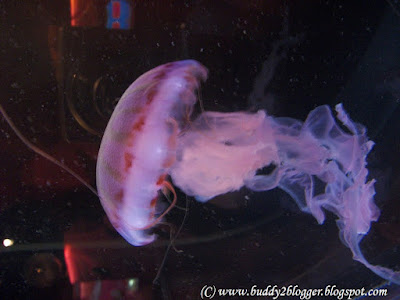This is a review of the Kindle version.
Henry Grave has had an interesting life, having been a POW, ran for Congress in 1972, authored a book in archeology and an International dancing champion in Tango. Now 84 years old, he works for the Association of Cruising Vessel Operators in Washington D.C. and investigates crimes on ships.
Henry Grave has had an interesting life, having been a POW, ran for Congress in 1972, authored a book in archeology and an International dancing champion in Tango. Now 84 years old, he works for the Association of Cruising Vessel Operators in Washington D.C. and investigates crimes on ships.
The ship under question
in one Contessa Voyager, an ultramodern cruise ship. Robert Samson, a retired FBI
profiler is a regular on the lecture circuit. Samson was about to reveal the
identity of the perpetrator of an unsolved murder at Cape Cod, when he was
murdered.
Contessa has 1532 passengers
on-board and 640 crewmembers. Henry has a long list of suspects:
- Hugh
Arlen, Chief Security Officer
- Captain
Egil Erlander, Ship Captain
- Helen
Ettinger, 70 years old passenger who takes a keen interest in Henry Grave
- Duarte,
a Venezuelan General evading deportment
- Elliott
Powell and Doug Baxter, Veterinarians and their wives - Donna and Opal
respectively
- Ron
Gibson, Cruise director
- Inga
Hess, Entertainer
- Shelley
Tobin, actress and her husband /lead writer, Jack
- Vasily
Orlov, cosmonaut
- Hector,
a young security officer
 |
| William Doonan, the author |
William Doonan has crafted a nice debut
for Henry Grave. The mystery element is OK. What impressed me the most was
Doonan’s writing style.
Click on the link to buy the book:
Click on the link to buy the book:
Here are the things I liked best about
the book:
- Nice description of life on a
cruise ship voyage
- Good humor all around, with some
particularly funny exchanges
- Grave’s philosophical reflections
on life, food etc.
- Good description of cruise ship
amenities, eager-to-help crewmembers with name tags & how they get
tipped for their services etc.
For all the good points mentioned
above, I felt there were a few missteps. There are a couple of racial
stereotypes (physical description of Asians and the weak English spoken by a
particular Russian character) that stuck out like a sore thumb in what was
otherwise a very enjoyable read.
Recommended to fans of the mystery
genre.
If you enjoyed this post,
please subscribe to
this blog by clicking here.
Image Sources: Amazon
You might also like:















